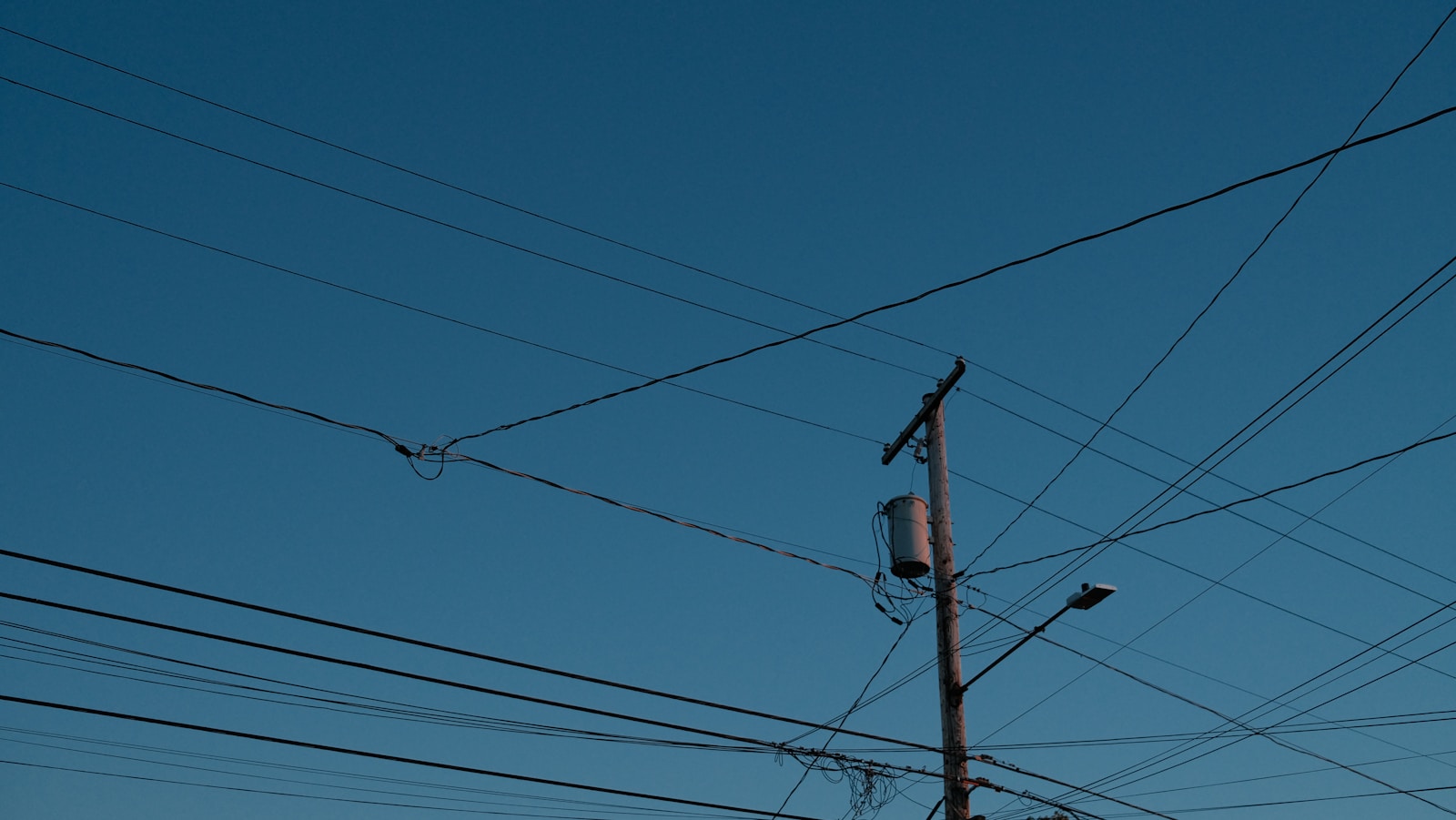
televisión por cable

cable television
The Spanish term 'televisión por cable' directly translates to 'television by cable' in English, but it is commonly referred to as 'cable television.' This term is used to describe a system that provides television programming to consumers via radio frequency signals transmitted through coaxial cables, or in more recent systems, light pulses through fiber-optic cables. It differs from traditional broadcast television (over-the-air television) in which the television signal is transmitted over the air by radio waves and received by a television antenna attached to the television.
Example sentences using: televisión por cable
Mi casa tiene televisión por cable para ver mis programas favoritos.

My house has cable television to watch my favorite shows.
In this example, the speaker mentions having cable television at home, indicating that they enjoy watching their preferred TV shows.
La televisión por cable ofrece una gran variedad de canales.

Cable television offers a great variety of channels.
This phrase emphasizes the benefit of cable television, highlighting the extensive selection of channels available to viewers.
Ella prefiere ver películas en televisión por cable en lugar de ir al cine.

She prefers to watch movies on cable television instead of going to the cinema.
Here, the speaker expresses a preference for watching movies at home using cable television rather than going out to a movie theater.